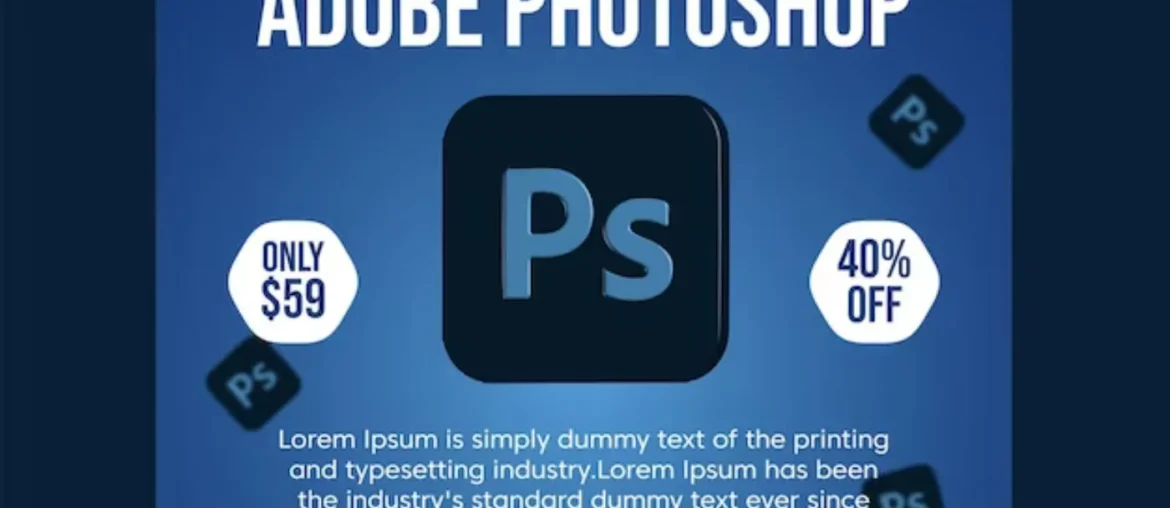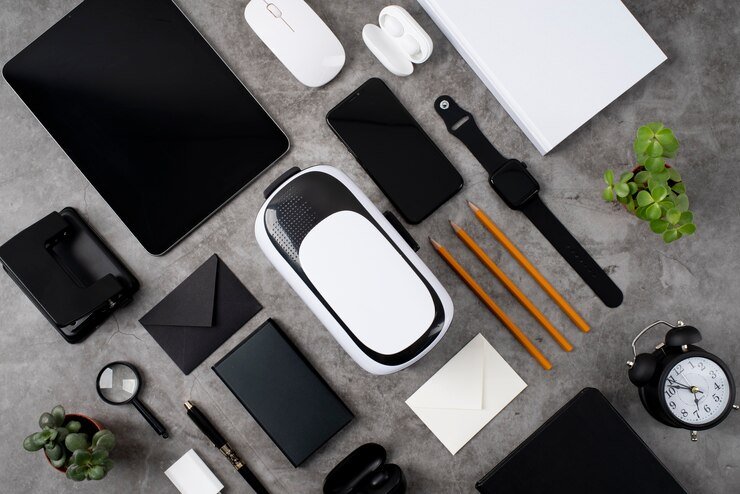Welcome to the Adobe Photoshop Elements 7 universe! No matter how experienced you are, this software is easy to use and can help you release your creative side and very beneficial for beginners. Let’s start how to use adobe photoshop elements 7.
What is Adobe Photoshop?
Adobe Photoshop is a software program used for picture editing and transformation. With the help of this strong tool, users may edit images, create artwork, and design graphics. Photoshop allows you to do a lot of things, such change colors, add text, enhance photos, remove backgrounds, and apply filters and effects. Photographers, graphic designers, painters, and anybody else wishing to alter or improve photographs for a variety of purposes—from personal projects to professional creation
Understandig the Basics
Understanding the Workspace
The main interface where you will work on your photographs is the Adobe Photoshop workspace. It consists of multiple panels, windows, and bars that you can utilize for photo editing.
Main Adobe Photoshop Elements of workspace.

Title bar: The names of the application and the current document are shown in the title bar. The window can also be resized or moved using the title bar.
Menu bar: You can access several Photoshop functions by using the menu bar, which has a number of menus.
Tool bar: You may edit your images using a number of tools that are located in the tool bar.
Options bar: For the tool that is now selected, the options bar offers more options.
Panels: You may view and change many document characteristics using panels, which are floating windows.
Document window: The image you are currently working on is shown in the document window.
Layers panel: This panel displays the several layers that go into creating your image. The layers panel allows you to modify, add, and remove layers.
History panel: This section provides you with a rundown of all the operations you have done on your picture. Actions can be undone or repeated using the history panel.
The navigation panel provides you with a thumbnail view of your image. The navigator panel allows you to pan around your image and zoom in and out of it.
Properties panel: This panel displays the properties of the layer or object that is presently chosen. The properties panel allows you to modify the layer’s or object’s properties.
Setting Preferences

You can customize Adobe Photoshop to your own preferences and working style by setting up the application’s options. Numerous parameters related to the tools, performance, interface, and other areas are adjustable.
To view the Preferences window, take the following actions:
Click on the Edit menu at the top of the screen.
Choose Preferences.
Select the category of preferences you want to adjust.
The following are some of the main Adobe Photoshop preference categories:
General: Modify the application’s general settings, including the language, color picker, and start screen.
Units and Rulers: Define the units of measurement, as well as the shape and conduct, of rulers and guides.
Interface: You can alter the color palette, font size, and workspace arrangement of the Photoshop interface.
Performance: To improve Photoshop’s performance, make necessary adjustments to the memory use, display, and file handling settings.
tools: Customize the settings for individual instruments, like the pen, brush, and eraser.
File Handling: Modify connectivity, opening, and storing settings.
Memory & Plug-ins: Set memory allocation settings and monitor installed plug-ins.
Presets: For a variety of tools and settings, manage and make unique presets.
Color Management: To ensure proper color representation, calibrate your display and establish color management guidelines.
History & Cache: To control file size and performance, adjust the number of history states and the cache’s size.
Keyboard Shortcuts: To improve productivity, set up unique keyboard shortcuts in Photoshop for different activities.
Export: Set the file format, quality, and metadata when exporting pictures.
Extra Preferences: To improve your Photoshop experience, check out the categories of preferences including 3D, typography, and web preferences.
Navigating the Interface
Initially, navigating the Adobe Photoshop interface may appear confusing due to its various panels, toolbars, and menus. But if you know how every part is organized and works, Photoshop provides a strong and user-friendly environment for picture creation and editing.
Important Navigation Tips
Panel Repositioning: To move a panel around the workspace, click and drag its title bar.
Panel Resizing: To resize a panel, click and drag its lower right corner.
Docking Panels: To create a fixed tabbed area, drag and drop a panel to the workspace’s boundaries.
Panel grouping can be done by dragging and dropping panels onto one another.
Panel View: To open and adjust the visibility of panels, select the Window menu located at the top of the screen.
Context Menus: You can access context-specific menus and choices by performing a right-click on panels, tools, and images inside the interface.
Understanding Tools and Functions
Although It seems difficult how to use a adobe photoshop elements 7 due to large number of panels, menus tools etc. but here we discuss some main and basics essential tools for beginners.
Tools for Selection: These tools are used to pick out particular regions of an image for alteration or modification. The Lasso Tool, Magic Wand Tool, Marquee Tool, and Quick Selection Tool are examples of common selection tools.
Retouching Tools: Retouching tools are used to improve, fix, or alter image flaws. The Clone Stamp Tool, Healing Brush Tool, Patch Tool, and Spot Healing Brush Tool are frequently used retouching tools.
Drawing Tools: Drawing tools are used to draw shapes, lines, and paths. Common drawing tools include the Pen Tool, Shape Tool, and Layer Mask Tool.
Text Tools: Text layers can be added and formatted using text tools. The Text Box Tool, Vertical Type Tool, and Horizontal Type Tool are examples of common text tools.
Essential Functions:
Photoshop’s basic building elements for images are called layers. They let you work on individual portions of an image without interfering with the others.
Using masking, you can reveal or cover specific areas of a layer. This is helpful when making complex adjustments and effects.
Adjustments: Adjustments, which include brightness, contrast, color, and saturation, are used to change an image’s overall appearance.
Actions: When completing repetitive tasks, actions can be used to record and execute a sequence of steps, saving time and effort.
Editing Images with Ease
there are a few basic steps that you can follow to get started and edit images with ease.
Importing your image into Photoshop is the initial step. In order to do this, choose Open from the File menu by clicking on it. To open your image in Photoshop, navigate to its location and double-click on it.
After your picture is open, you might choose to resize or crop it. Click the Crop Tool in the Tool Bar to crop your picture. Next, choose the region you wish to preserve by dragging and dropping the cropping frame’s corners. Press Enter or select the Crop option after you’re satisfied with your selection.
You can change the contrast and brightness if your image is too light or too dark. Click the Image menu and choose Adjustments > Levels to do this. Drag the center, black, and white sliders in the Levels dialog box to change your image’s gamma, contrast, and brightness. When you’re satisfied with the result, click OK.
Similarly, there are many more functions for editing images
Conclusion
To sum up, learning the fundamentals of Adobe Photoshop offers you a whole new universe of creative possibilities. Gaining knowledge of this software’s fundamental components opens the way for discovering all of its amazing features. This introduction provides an overview of the interface and explains how to use adobe photoshop elements 7 to edit images confidently and enjoyably. Explore Photoshop’s features further, and you’ll find countless ways to realize your creative visions.



